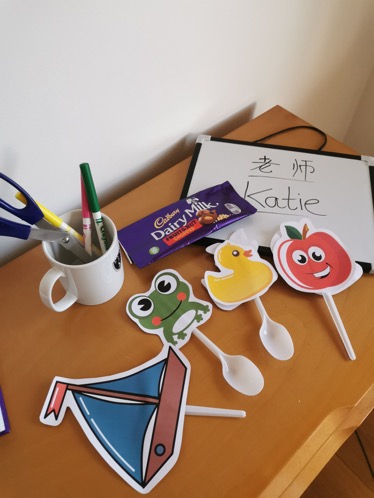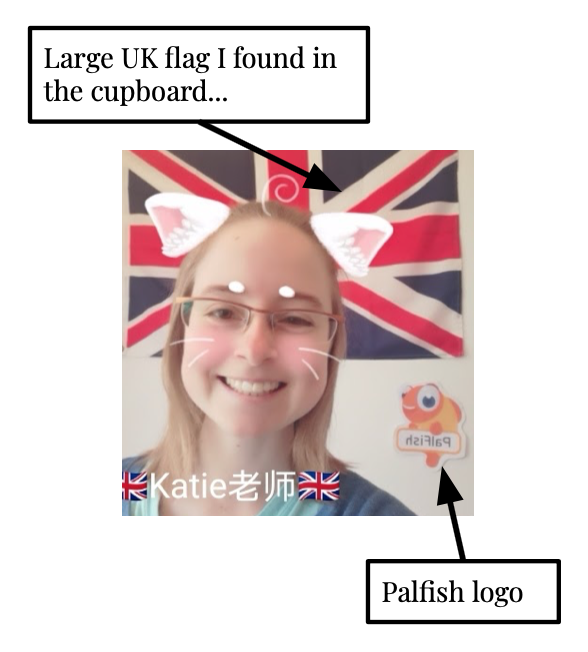The first assessment criteria for your demo class is your use of the PalFish teaching tools and your own teaching techniques.
Reward system

PalFish has a built-in reward system through which you can award up to five stars. Note that this doesn’t work in the demo class as there is no student present, however you can still show a “star” on your hands when you would be awarding these!
Alternatively, some tutors choose to use their own physical reward system such as a star chart or simply drawing stars on a mini whiteboard.
Props

PalFish highly encourages you to use props in your lessons, supplementing the images and animations on their slides.
The simplest and often most effective props are printed images representing the keywords, which you can attach to lollipop sticks for ease of use – click here to download our free props starter pack! You can also use kids toys and a whiteboard for illustrating letters/ spellings. Use these props every time you drill the keywords with the student and as prompts in follow up questions.
Background decorations
As the Official Kids Course focuses on teaching younger children, a fun and colourful background is essential! Your background should be attractive but not overwhelming – pick one or two key items to focus on.
Examples include:
- Posters: phonics posters, kids movie posters, etc.
- Flag: show off your country flag
- Decorations: pompoms, fairy lights, bunting flags, etc.
- Teaching board: Props and reward board display

Personally, I use a large UK flag as my main PalFish teaching background, as I already had this to hand and it easily fills the background without being overwhelmingly busy.
In my demo class, I actually didn’t have any background decorations at all, hence my low score on this criterion, but I’d definitely recommend setting up some simple decorations for easy marks!
It is also essential for you to show the PalFish logo in your background – you can simply print this out and stick on the wall.
AR filters
These are one of the really unique features of teaching on PalFish and really exciting for kids! These are essentially snapchat-style filters you can select within the app.

You can use these to represent certain keywords, for example the cute cat filter when teaching the word “cat”, as well as to give instructions – for example, the microphone filter prompts the student to join in singing a song.
You can also use them to attract the student’s attention if they get a bit distracted, and can play around with animated filters such as pretending to eat a virtual apple.
Assessment criteria 1 is marked out of five points. There is no official minimum score to pass, however it is generally easy to gain at least four points out of five by following the guidance above!
